Fertility
 |
|
|  |
Breeding

Gestation
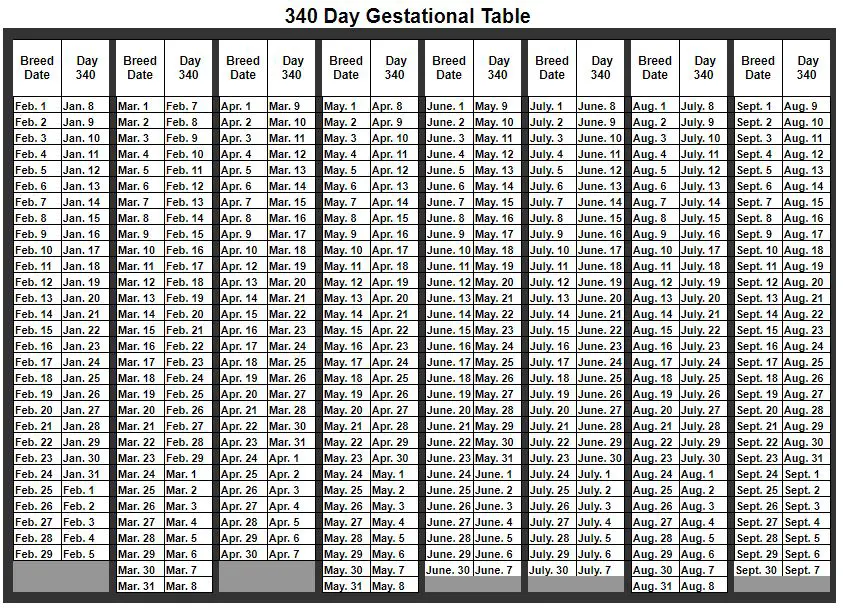 |
|
Confirming Pregnancy
 |
|
Care of the Mare
|  |

 |
|
 |
|
|  |
Pregnancy
 | 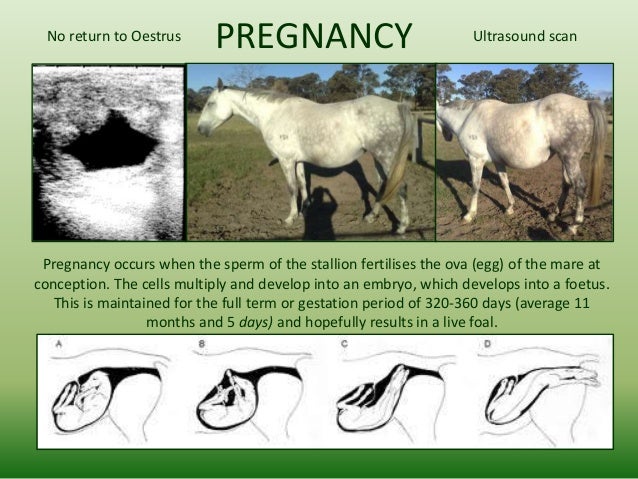 |

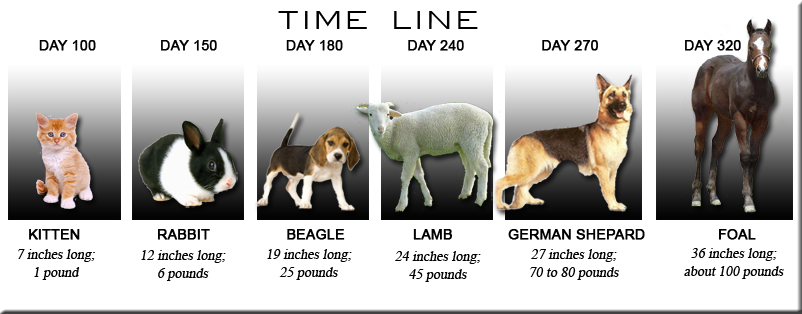

| ov = optic vesicle with the retinal pigment epithelium ea = ear nr = neck region sr = scapular region ar = abdominal region fr = femoral region mtr = metacarpal region na = nail apparatus metr = metatarsaus region tl = tail |
 |
Day 6
Day 9
|  |
Day 10
| |
Day 14-16
Day 17
| |
| Day 20 | |
Day 24
| |
 | sm = somites lm = limbs ht = heart h = hindbrain m = midbrain f = forebrain 4th = Brain 4th ventricle cc = cervical curvature ov = optic vesicle ba = branchial arches thl = thoracic limbs li = liver pel = pelvic |  |
Day 26-30
Day 30 - 1 Month
Day 30-35
| |
| Day 35 | |
Day 40 1.3 months
| |
Day 45
Day 50 - 55 Pregnancy
| |
ea = ear ov = optic vesicle with the retinal pigment epithelium oc = oral cavity nr = neck region sr = scapular region rb = ribs fr = femoral region tl = tail na = nail apparatus | |
Day 60 - 2 Months
| |
Day 65 - 2.1 months
|  |
Day 75 2.5 months
| |
Day 80
| |
Day 85 - 2.8 months
| |
Day 90 (3 months)
|  |
| Day 95 - 3 months | |
Day 100
| |
Day 150

|
| Day 165 5.5 months | |
Day 180 (6 months)
/beagle-RolfKopfle-Photolibrary-Getty-135631212-56a26b1d3df78cf772756667.jpg)
| |
| Day 183 - 6 months |
| Day 245 - 8 months | |
Day 250 (8 months)
Day 270
| |
| Day 300 - 10 months | |
Day 315
|  |
Day 320
| |
Day 340 Birth - 11 months
| |
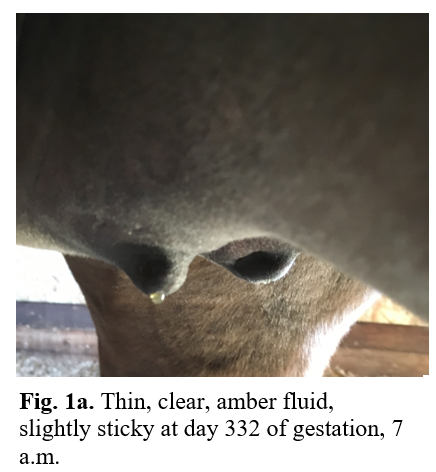 | Impending foaling/abortion
|
First Stage of Labor
- >85% of mares foal at night
- survival adaptation
- foal should be ready to run with mare by daylight
- mare is anxious
- kicks at belly
- may "nest"
- may be mistaken for colic
- continuous up and down
- excessive urination
- many will sweat within hour of giving birth
- mare is "heating up"
- wrap tail & clean perineal area
- last about an hour
- Stage 1 over
- when chorioallantois breaks "rush of fluid"
Second Stage of Labor
- usually 15-25 min
- maybe wise to start a stopwatch
- expect to see continuous progress
- front hooves, nose, ears, etc
- RED BAG
- EMERGENCY
- NO TIME TO CALL VET
- MUST BE CUT
- FOAL DELIVERED IMMEDIATELY
- caudal presentation
- make sure foal is breathing
- stimulate nostrils with blunt object
- rub vigorously with towel
- when foal is born
- DO NOT CUT CORD
- "breech delivery"
- disinfection should be preformed
- CHLORHEXADINE > IODINE
Third Stage of Labor
- If placenta is NOT passed withing 3 hours = EMERGENCY
ONE, TWO, THREE RULE
- ONE - foal should stand in ONE hour
- TWO - foal should be able to nurse by TWO hours
- THREE - foal should be ACTIVELY consuming colostrums by THREE hours
Meconium Impaction
- most common form of colic in newborn foal
- foals should be administered enema (or two) to aid in passage of meconium
Colostrum
- harvest if foal does not aggressively consume it
- vet can administer colostrum via a nasogastric tube
Milking a mare
- 16-36 ounces of colostrum from udder
- 80-85% of colostrum absorption is in the first 8-12 hours of life
- get in practice of pulling blood for an IgG 6-8 hours after foaling
- you should have adequate IgG to test
- you also have 3-4 hours remaining to administer colostrum via nasogastric tube is required
Postpartum Mare Care
- Usually none is needed
- Phenylbutazone (Bute) or Flunixin Meglamine (Banamine)
- MAY be required to reduce swelling of vulva or rectum
- CALL VET
- take temp BEFORE administering ANY DRUGS
- should be under 101.5 degrees F
- rectally
- Bute and Banamine can reduce fevers
- retained placenta or endometritis is common in febrile mares immediately after foaling
- mare are prone to colonic displacement after foaling
- rupture cecum or bladder DURING foaling
Foals
- normal for fetlocks to be so weak they are touching the ground
- usually rectify themselves with age and exercise
- do not require bandages or splints
- fractured ribs are common in Thoroughbreds (not in others)
- contracted legs of deviations in legs that prohibit nursing should be dealt with immediately by vet
- most foals designed to be turned out with mare in the morning after foaling
- stall restriction is NOT necessary
- unless foal has orthopedic concerns where movement and exercise MUST be limited
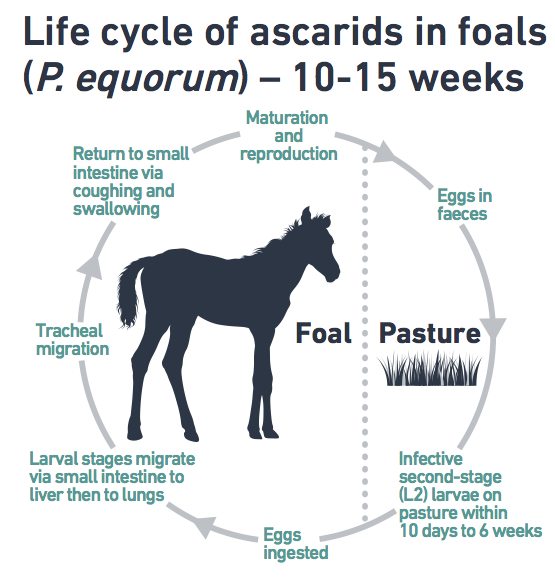







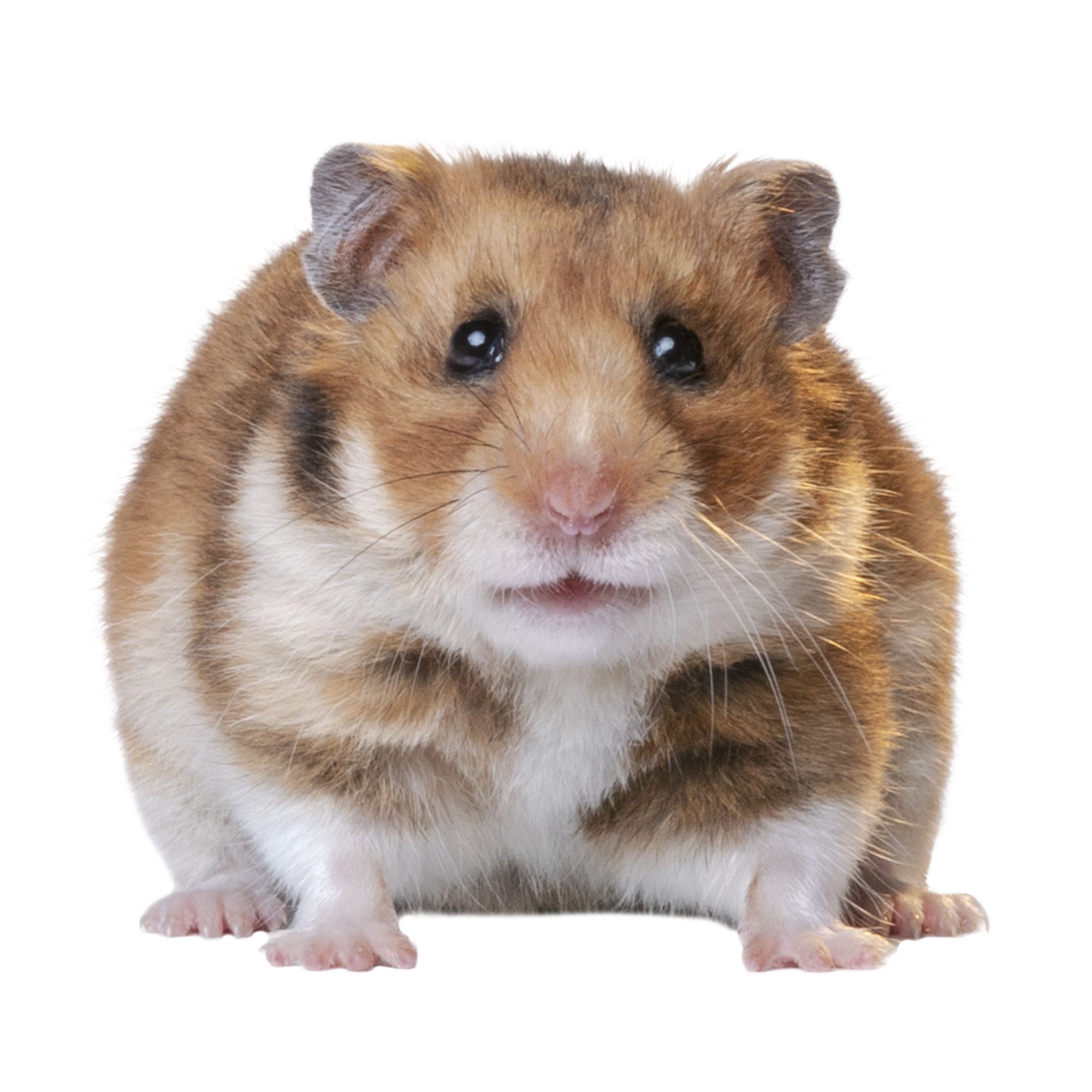
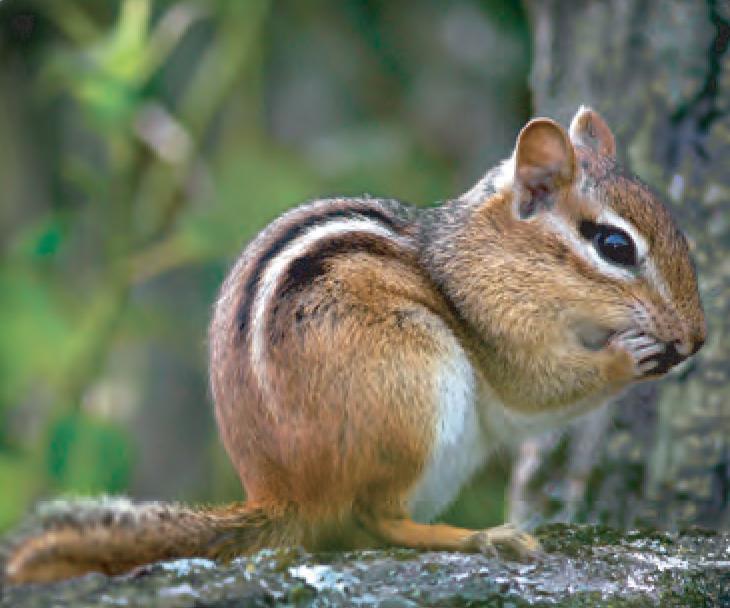


No comments:
Post a Comment
Thank you for taking the time to add comments. I look forward to reading them.